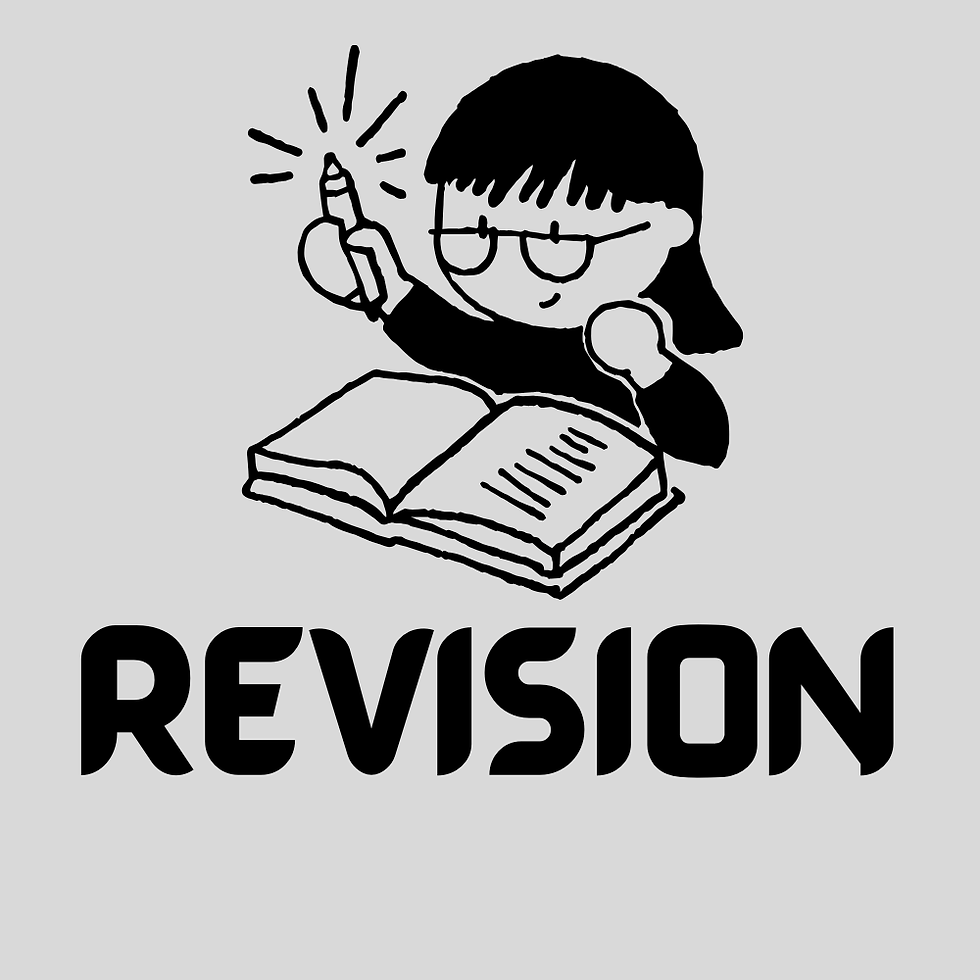Let's Talk About Book Covers!
- Cayce Osborne
- Jan 18, 2018
- 6 min read
Updated: Aug 31, 2022
I’ll spare you a hackneyed discussion of the old books-and-their-covers adage, and instead ask you to visualize something:
First think about how long the printing press has existed.
Now think about how many people have been writing since that invention.
Now, how many books each of those writers have written, not to mention multiple editions of each of those books, if they’re successful.
That’s the number of books yours will be competing against. Now that the internet allows access to virtually any book from anywhere, the field is… well if it were an actual field you wouldn’t be able to see the grass through the bajillions of books. Readers are inundated with choices, whether they’re scrolling through Amazon or wandering the aisles of their neighborhood book store.
But I’m sure none of this is news to you. If you’ve thought about book covers in relation to your own work at all, you know that they can make or break a book’s commercial success.
The job of a book cover is two-fold: to entice readers to pick up your book, and to do an accurate job of representing what’s inside. The best thing that a cover can do is elicit an emotional response, and if the job is done well, that response will be the same one you get from reading the book.
You have two chances to elicit these responses and to draw readers in: the title and the artwork. The trick is to use them effectively so that they enhance each other, rather than being redundant. If your novel is called The Flower, it seems a waste to just slap a picture of a flower on the cover and be done with it. (I’m not saying that’s wrong, just a missed opportunity.) Instead, consider a picture of rich black soil, or an empty vase, or a watering can, or a seed… depending on what nuance you want to convey.
There are many approaches to take when deciding on the style of cover that might work best for you. Here are a few of my favorite examples that I’ve observed over the years:
The Literal Approach
Works best with: non-fiction and memoir
When this is done right, it comes off as elegant rather than boring. Literal is an approach for when you don’t want to be cute or clever—when accuracy and clarity are your goal. My favorite part of reading biographies is flipping through that photo section they so often put in the center of the book. I like to visualize these real people and places as I read—quite the opposite from when I read fiction, preferring to picture the story in my own individual way. Pick a great photo of (or related to) your subject and use it tastefully.
Examples:
Out of Africa by Isak Dinesen
The Cooking Gene by Michael W. Twitty
The Path Between the Seas by David McCullough
The Symbolic Approach
Works best with: literary fiction, humor, books with edge
This is my personal favorite. It takes a theme, object, or symbol from the book and builds a cover around that. The cover image may have nothing to (literally) do with the content, but in combination with the title, or after you’re done reading the book, it feels like a genius inside joke or secret message.
Examples:
The Idiot by Elif Batuman
Colorless Tsukuru Tazaki by Haruki Murakami
Narcissism for Beginners by Martine McDonagh
A Sense of Time/Place
Works best with: historical, science fiction, fantasy… anything where the setting is integral to the story
This is a way to set the scene for your reader, especially if you’re writing a place or time that they have never been—or in the case of sci-fi/fantasy, that no one has ever been. It gives a sense of the world the reader will be immersed in, and can help balance a vague or obscure title.
Examples:
The Blood Mirror by Brent Weeks
The Known World by Edward P. Jones
New York 2140 by Kim Stanley Robinson
The Atmospheric Approach
Works best with: horror, mystery, humor/absurdist
The visuals on these covers give readers a sense of the vibe within, the feelings the reader will experience while reading. From spooky to silly to uncomfortable, it’s a great way to visually explain your story while not having to use any specifics or give anything away.
Examples:
Made for Love by Alissa Nutting
Priestdaddy by Patricia Lockwood
Miss Peregrine's Home for Peculiar Children by Ransom Riggs
The Typographic/Graphic Impact Approach
Works best with: books for which a specific image is hard to pin down, or where you want to let the title speak (mostly) for itself
If you have the urge to let your title do all the talking, there’s no reason it has to look boring. Use typography (the art and technique of arranging type to make written language legible, readable, and appealing) to say something. In addition, color and punch can go along way in attracting readers to your book. It doesn’t have to tie specifically to what’s inside, as long as it doesn’t clash (for instance, you wouldn’t want to use happy colors and bubbly fonts for a depressing book, unless you’re shooting for irony).
Examples:
The Age of Perpetual Light by Josh Weil
This Way Up by Paige Nick
The Blot by Jonathan Lethem
That’s all well and good, you say, but how do I get one of those covers for my book?!
Chances are you either have a strong idea of the type of cover you want or you have no idea at all.
If it’s the former, make sure you hire a designer who does similar work, and explain as best you can what is in your head so they can deliver. Give them examples of existing covers (not to copy, just as reference) or do a sketch, no matter how bad your drawing skills may be.
If it’s the latter, and you have no clue, it’s simple: let the designer read your manuscript! There’s no better way for them to absorb all the nuances and spark their creativity. At the very least, give them a synopsis, along with detailed character and setting descriptions. This is not the time for a quickie elevator pitch—help them picture your story.
The DON’T List
I’ve been working as a professional graphic designer for almost 15 years now, in several jobs and on a wide range of projects, from logos to posters to business cards to billboards and beyond. And yes, some book covers. Though they’ve never been a major part of my career, much to my regret. But from a general design standpoint, allow me to offer my list of things to avoid:
DON’T go for a knock-off of a cover you love. Inspiration is fine. But trying to recapture another book’s magic doesn’t work, and you won’t be happy in the end. (And my guess is, it will only remind you of the original cover, so the book will never really feel like yours.)
DON’T opt for a book cover that promises something your book can’t deliver, like a mysterious image when your story has no mystery. (This is a personal pet peeve. I have been duped by many an intriguing cover only to find that the book is totally disconnected from it.)
DON’T choose anything too busy. Prospective readers won’t know where to look and their eyeballs will just slide on by. The title or the art should be the focus.. They shouldn’t compete.
DON’T choose a font that is unreadable, even if it’s pretty.
DON’T let a designer pressure you into a cover you don’t like. It’s your book, you have to hold it up and boast about it and sell the dickens out of it, so make sure you love it. You worked hard, you deserve a good cover. At the same time…
DON’T dismiss a designer’s suggestions without considering them. If they’re suggesting a change or approach that doesn’t jive with what you were picturing, stop for a moment to consider why. Designers almost always have a reason, whether strategic or aesthetic, for what they do. Make an effort to understand their reasoning first, knowing this is their area of expertise, and sit with the idea for a while before accepting or rejecting.
DON’T get in over your head money-wise. Know what your designer is charging up front (is it a flat fee, hourly charge, or a combination?) and keep an open dialogue throughout so that you don’t tally up a big bill. Things like photoshoots and original illustrations will set you back quickly. Things like being as clear as possible about what you want and using stock photography will save you some cash.
DON’T expect that your designer will also be a talented illustrator. Graphic design skills and drawing talent don’t always go hand in hand (case in point: yours truly). If you want an illustration, that will likely require bringing someone else into the mix who will charge their own separate fee.
In closing…
So, after all that, here is my last, best bit of advice, coming from writer-me and designer-me: do your best to give your designer a detailed description of your book, and then step back and let their imagination and expertise take over. That’s what you’re paying for. You have lived with your story, writing and editing and crying and rejoicing and agonizing, sometimes for years.
YOU ARE TOO CLOSE TO IT.
Let go, let your designer look at it from a reader’s point of view, so they can create something that will entice fellow readers without you clouding their judgement. Because a cover is for readers, not for authors.
About the author: Cayce Osborne is a writer, graphic designer, novelist-in-training, library book addict, frustrated cat owner, and mom to two little boys. When not pursuing the publication of her first novel, she works in science communication at the University of Wisconsin-Madison, her alma mater. Read more at cayceosborne.com.
.png)

































Loved readding this thank you